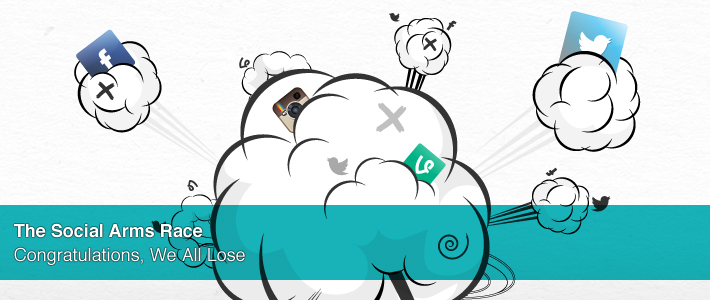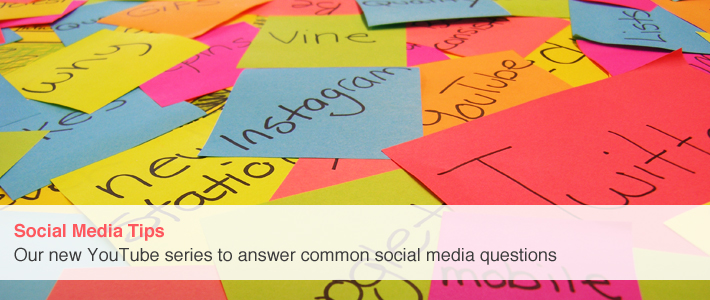
In the past few years, two opposing social media giants have emerged in the ongoing war for online popularity: Twitter and Facebook. Instead of focusing to create the best user experience possible, Twitter and Facebook have prioritized competing with each other in an arms race. Both companies are acquiring platforms and apps to become social empires.
Last year, Facebook acquired Instagram, the popular photograph-sharing app for a considerable one billion dollars. A few months later, Instagram disabled support for Twitter cards, meaning that Instagram photographs could no longer be viewed in Twitter but would link to Instagram. Rather than trying to provide a better experience for Instagram, they created a more frustrating experience for Twitter.
Twitter acquired Aviary, a photograph-sharing app, and introduced photos to Twitter. While the ability to share photographs in Twitter was sorely needed, the filters for these photographs were not. Twitter only offers nine options and the filters do not enhance photographs to make them more visually appealing. Twitter has not spent the same time or resources developing their filters that Instagram has, and it shows.
Twitter acquired Vine, a video-sharing app, and announced that Vine videos could be viewed in Twitter. Twitter is known for short and to-the-point posts so the introduction of Vine’s six-second videos was a logical fit. Users were excited about the new platform and Vine gained popularity.
Last week, Instagram announced that the app would now support video. Video does not compliment Instagram the same way that it did with Twitter. Instagram was born as a photography sharing platform. All interactions centre around a photograph. There is not even an option to message Instagram accounts, only to comment on their photographs. Instagram’s tagline is “Fast beautiful photo sharing.” The photographs have always been the center of Instagram. Instagram did not add video compatibility to improve their users’ experience. They added the video feature to compete with Vine.
Many of the Instavideo features were improvements over Vine. For example, Instagram allows users to choose which image will represent the video. They also provide filters for the videos and allow users to delete unwanted footage. Various online social articles applauded these features and Instavideo.
Soon users starting complaining that having videos in their stream was annoying. The 15-second videos were not what they wanted while using the platform and were too long. The videos were distracting from rather than enhancing what those users loved about Instagram, sharing filtered photographs with their family and friends. Despite your opinion on the videos in your Instagram stream, there is one significant problem with the update.
Never before had I lost an image because of an Instagram crash. I considered Instagram a reliable app. The day that Instavideo was released, I had the app crash four times. I lost three separate videos in my attempt to upload them. One video that did upload had mangled audio. Since then, even while viewing my stream, I will have the Instagram app crash and shutdown.
I soon discovered that I was not alone. I came across many frustrated users complaining about Instagram crashing and losing their posts before they were uploaded. Hopefully Instagram fixes these bugs. Even if they do, they released the update before it was bug-free to compete with Twitter and Vine.
Instavideo did not improve the Instagram experience.
Instead of focusing on what that particular social platform is good at and loved for, some are letting the competitive social atmosphere dictate what they offer. “They offer this, so we have to offer it too.” These social platforms are losing their sweet spot.
Rather than having many great platforms and apps, we are moving towards a trend where platforms do everything, but nothing well. Instead of leading the way to develop new and innovative updates, they are reacting to one another. Effort, time and resources that could be spent to further improve what a platform is loved for are now being used to weakly imitate what other services already offer in an attempt to dissuade others from using competitors.
When user experience is no longer priority, we all lose.




